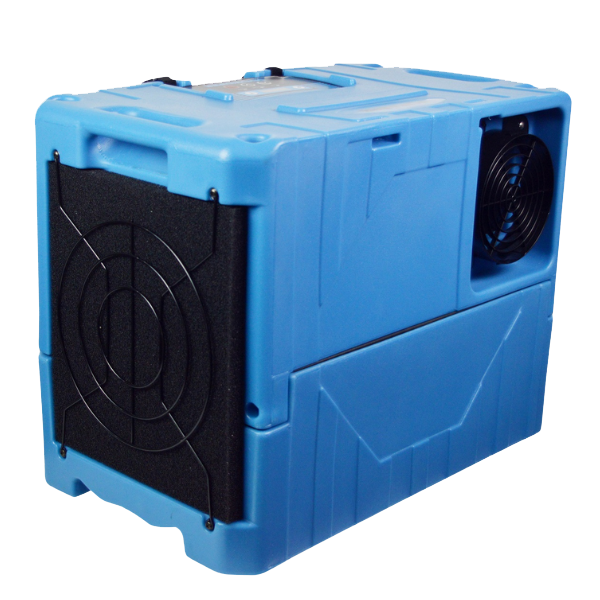
How Water Damage Companies Can Dry And Dehumidify Wet Rooms Fast
How Water Damage Companies Can Dry And Dehumidify Wet Rooms Fast
By: Brothers Equipment And Supply
When water damage occurs, time is of the essence. The faster you can dry and dehumidify a space, the less likely you are to suffer from severe structural damage, mould growth, or other long-term issues.
Professional water damage companies are equipped with the expertise and advanced tools necessary to expedite this process efficiently.
In this article, we will explore how these companies work to dry and dehumidify wet areas quickly, ensuring minimal damage and a safe environment.
Let’s get right into it!
Understanding The Impact Of Water Damage
The Immediate Effects Of Water Damage
Water damage can lead to immediate structural concerns, such as weakened floors, walls, and ceilings. Additionally, the presence of excess moisture creates a breeding ground for mould, which can pose serious health risks. The longer water sits, the more extensive and costly the damage becomes.
Why Speed Matters
Rapid response to water damage is crucial for several reasons. Firstly, it helps to prevent secondary damage, such as warped wood or ruined drywall. Secondly, quick action reduces restoration costs by limiting the extent of the damage. Finally, addressing water damage promptly protects the health and safety of the building’s occupants by preventing mould growth and other hazards.
The Drying And Dehumidification Process
Initial Assessment
The first step in drying and dehumidifying a space is to conduct a thorough assessment. Water damage professionals use tools like moisture meters and thermal imaging cameras to detect moisture levels and identify areas that require immediate attention. They also categorize the type of water involved—clean water, grey water, or black water—which dictates the approach to the drying process.
Water Extraction
Before drying can begin, any standing water must be removed. This is typically done using high-powered pumps and industrial-grade vacuums that can efficiently extract large volumes of water. Removing standing water quickly is essential to prevent further damage and prepare the space for effective drying.
Advanced Drying Techniques
Air Movers And Industrial Fans
Once the water has been extracted, the next step is to increase air circulation to promote evaporation. Water damage companies use powerful air movers and industrial fans to push air across surfaces, speeding up the drying process. Different types of fans, such as axial and centrifugal, are used depending on the size and layout of the space.
Dehumidification
While air movers work to evaporate moisture, dehumidifiers remove the resulting humidity from the air. Dehumidifiers are a key component in the drying process, as they prevent moisture from settling back onto surfaces. Water damage companies use various types of dehumidifiers, including refrigerant, desiccant, and Low Grain Refrigerant (LGR) models, depending on the specific needs of the situation.
Specialized Equipment And Techniques
Heat Drying
Heat drying is an advanced technique used to speed up evaporation. By raising the temperature in the affected area, professionals can significantly accelerate the drying process. Heat drying equipment is particularly useful in environments where traditional methods may not be as effective, such as in colder conditions.
Injection Drying Systems
For areas that are difficult to access, such as wall cavities and under flooring, injection drying systems are used. These systems inject warm, dry air into these spaces, effectively drying them from the inside out. Injection drying is especially beneficial for preventing mould growth in hidden areas.
Desiccant Dehumidification
In environments where humidity levels are extremely high or temperatures are low, desiccant dehumidifiers are often used. These devices work by absorbing moisture from the air using desiccant materials, such as silica gel. Desiccant dehumidifiers are highly effective in situations where other dehumidification methods may struggle.
Monitoring The Drying Process
Continuous Monitoring
Effective drying requires constant monitoring to ensure that all areas are drying evenly and thoroughly. Professionals use tools like hygrometers and moisture sensors to track humidity levels and detect any remaining moisture. This ongoing assessment allows them to adjust equipment and strategies as needed to achieve optimal results.
Adjusting Equipment And Techniques
As the drying process progresses, water damage companies may need to adjust their approach based on the moisture readings. This could involve repositioning air movers, increasing the use of dehumidifiers, or employing additional drying techniques to ensure complete drying and prevent any residual moisture.
Benefits Of Hiring Professional Water Damage Companies
Expertise And Experience
Water damage professionals bring a wealth of knowledge and experience to the table, ensuring that the drying process is handled correctly and efficiently. Their expertise allows them to identify potential issues that might not be obvious to the untrained eye.
Advanced Equipment
Professional water damage companies have access to industrial-grade equipment that is far more effective than what is typically available to homeowners. This equipment is essential for drying and dehumidifying large or severely damaged areas quickly.
Speed And Efficiency
By using a combination of advanced techniques and specialized equipment, professionals can complete the drying process much faster than DIY methods. This speed is crucial in preventing further damage and reducing overall restoration costs.
Prevention Of Secondary Damage
Proper drying and dehumidification prevent secondary damage, such as mould growth and structural weakening, which can lead to long-term problems if not addressed promptly.
Tips For Homeowners
What Homeowners Can Do While Waiting For Professionals
While waiting for water damage professionals to arrive, homeowners can take several steps to minimize damage. These include shutting off the water source, removing valuable items from the affected area, and opening windows to increase air circulation.
Preventative Measures
To prevent future water damage, homeowners should regularly inspect their homes for leaks, ensure proper drainage around the property, and consider installing water alarms that can alert them to leaks before they become serious.
Choosing The Right Water Damage Company
When selecting a water damage restoration company, it’s important to consider factors such as certifications, experience, and customer reviews. A reputable company will have the necessary credentials and a track record of successful restorations.
FAQs About Drying And Dehumidifying Wet Rooms
1. How Long Does It Take To Dry A Water-Damaged Area?
The time required to dry a water-damaged area can vary depending on the extent of the damage, the amount of water involved, and the drying methods used. Generally, it can take anywhere from 24 hours to several days.
2. What Equipment Is Used To Dry Water-Damaged Areas?
Professionals use a variety of equipment, including air movers, industrial fans, dehumidifiers, heat dryers, and moisture meters, to dry and dehumidify affected areas.
3. Can I Use Household Fans To Dry A Water-Damaged Area?
While household fans can help circulate air, they are not powerful enough to dry large or severely water-damaged areas effectively. Professional-grade equipment is necessary for thorough drying.
4. What Is The Difference Between Dehumidifiers And Air Movers?
Air movers help to evaporate moisture by increasing air circulation, while dehumidifiers remove moisture from the air, preventing it from settling back onto surfaces.
5. How Do I Know If My Space Is Completely Dry?
Professionals use moisture meters and hygrometers to measure moisture levels in the air and materials. A space is considered dry when these readings return to normal levels.
6. Can I Speed Up The Drying Process On My Own?
You can help by removing standing water, increasing ventilation, and using fans, but professional equipment and expertise are usually required for fast and thorough drying.
7. Will Drying Prevent Mould Growth?
Proper and timely drying significantly reduces the risk of mould growth. However, if mould has already begun to develop, additional remediation steps may be necessary.
8. What Are The Risks Of Inadequate Drying?
Inadequate drying can lead to hidden moisture pockets, which can cause mould growth, structural damage, and ongoing health risks.
9. How Much Does Professional Water Damage Restoration Cost?
Costs can vary depending on the extent of the damage, the size of the affected area, and the drying methods used. It’s best to get a quote from a professional restoration company.
10. Can Water Damage Recur After Drying?
If the source of the water damage is not properly addressed, such as a leaky pipe or poor drainage, water damage can recur. Preventative maintenance is key to avoiding future issues.
Conclusion
Water damage requires immediate attention to prevent long-term issues and costly repairs. Professional water damage companies are equipped with the tools and expertise necessary to dry and dehumidify wet areas quickly and effectively.
By acting swiftly and employing advanced drying techniques, these professionals can help you restore your property to its original condition while minimizing the risk of secondary damage. If you experience water damage, don’t delay—contact a trusted water damage restoration company to ensure the best possible outcome.
If you have any questions about our article, “How Water Damage Companies Can Dry And Dehumidify Wet Rooms Fast” or need water damage equipment contact sales@brothers-equipment.com or connect with us on social media.


